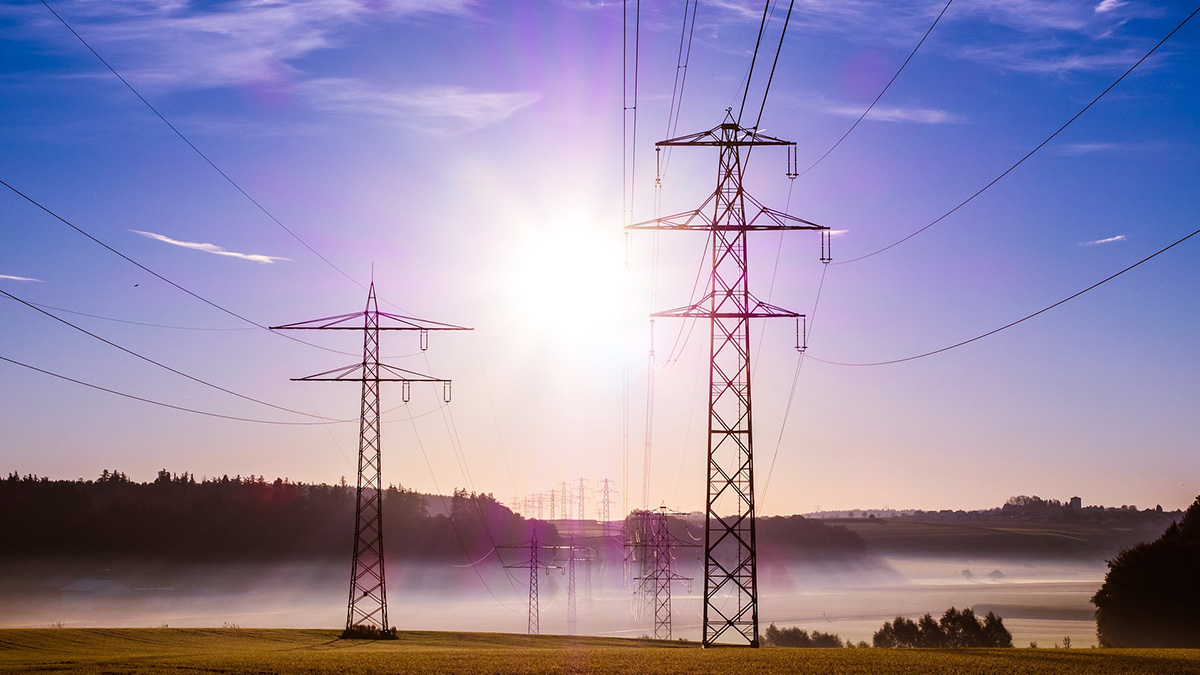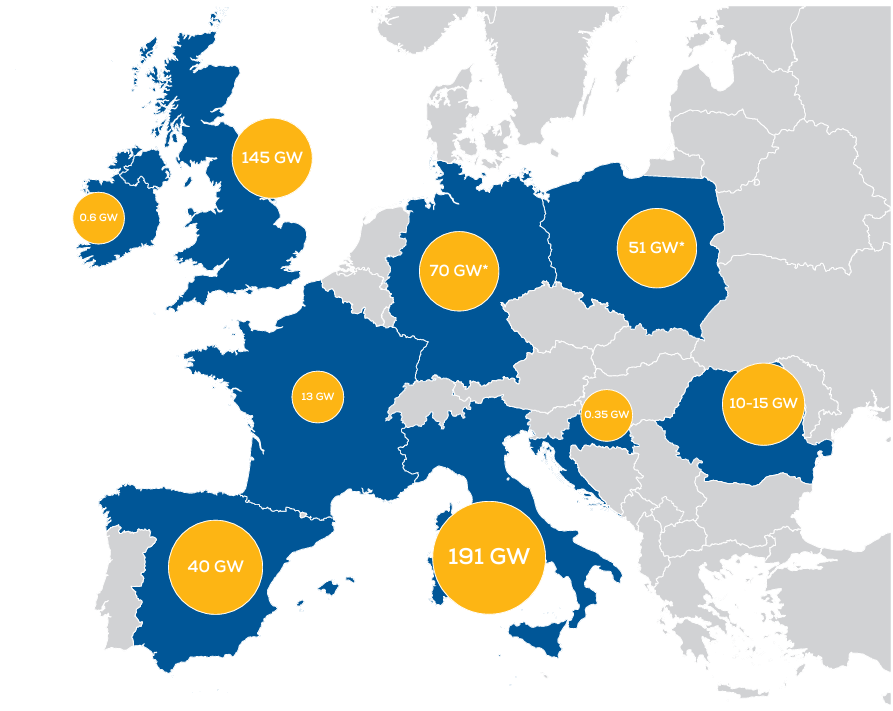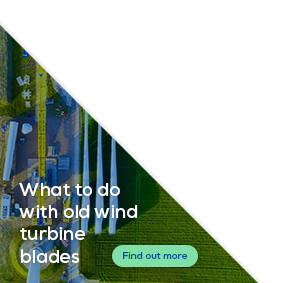News
Immediate actions needed to unblock grid capacity for more wind energy

5 July 2024
Getting access to the electricity grid is now the number one bottleneck to deploying renewables at scale. Across Europe hundreds of gigawatts of wind energy projects have applied for a grid connection permit and are waiting for an answer. The resulting grid connection queues have led to administrative overload and serious delays in the much-needed expansion of wind energy. In a new report WindEurope analyses the grid access challenges in Europe and proposes practical, immediate actions to release grid capacity for new and repowered wind farms.
The EU wants to increase its wind energy capacity from 220 GW today to 425 GW by 2030 and 1,300 GW by 2050. Wind is key to energy security, affordable electricity and industrial competitiveness.
In its recent revision of the Renewable Energy Directive the EU agreed important reforms to speed up the expansion of wind, notably by improving and streamlining the permitting procedures for new wind farms. These are already having an impact – in the (small number of) Member States that have implemented the new rules on time.
The new number one bottleneck to the expansion of wind and other renewables is now grids. Currently more than 500 GW of potential wind energy capacity in France, Germany, Italy, Spain, Poland, Romania, Ireland, Croatia and the UK are waiting for an assessment of their application for a grid connection. Italy and the UK each have more than 100 GW of projects waiting.**

**Image: Grid connection queues in Europe. Explanation: These are the capacities that want a grid connection permit. They won’t all be built. Many of the projects won’t make it through the permitting process. Others will be challenged in court. Some are competing against each other in national auctions, sometimes even for the same site – and only the winning bids will be constructed. Some projects might be purely speculative. But national authorities and system operators will still have to assess most of them, leading to long grid connection queues.
The EU gets it – and understand how grid expansion is essential to the build-out of renewables and the electrification of the energy system. The new EU Grid Action Plan identifies key measures that need to be taken to accelerate the expansion and optimisation of Europe’s electricity grids.
“Grid access is the new permitting – the number one bottleneck to the build-out of wind. The system is clogged up – and holding back hundreds of gigawatts of wind farms. This means less energy security and higher power prices. Some reforms will take time, such as more anticipatory planning. But some things can be improved immediately, notably better management of grid connection queues”, says WindEurope CEO Giles Dickson.
Grid saturation: Europe needs more grid capacity
The new WindEurope report analyses the factors for grid connection delays and shows which countries are particularly impacted. It finds that grid saturation and inefficient grid planning are the major reasons but not the only ones. National grid expansion targets are often not aligned with the 2030 renewables expansion targets set out in the Member States’ National Energy and Climate Plans (NECPs).
To speed up the expansion of electricity grids countries should apply the principle of overriding public interest to the permitting of grid infrastructure – regardless of whether it’s to connect renewables directly or for the broader grid reinforcement of the grid.
“Overriding public interest (OPI) for new wind farms is a success story. Germany and others that use OPI have significantly ramped up their permitting volumes – and done so very quickly. But electricity is useless if there’s no grid to transport it. National countries can apply OPI to grids – what are they waiting for?”, says Giles Dickson.
Immediate actions to unclog the grid access queues
Currently grid permitting authorities in most European countries apply the “first come, first served” principle to awarding grid access. So also immature and sometimes purely speculative renewables projects need to be assessed when their request comes in. This creates excessive queues and backlogs. It holds up the more mature and promising projects. And increases the administrative burdens on the permitting authorities.
Result: today it can take up to 9 years to get a grid connection permit for new or repowered wind farms.
Grid permitting authorities need to move away from “first come, first served / treat everybody equally”. They should apply filtering and prioritisation criteria to better handle the requests for grid connection. The goal must be to reduce the number of projects in the queue, to sift out immature, speculative bids and to ensure a balanced allocation of grid capacity to all strategic net-zero technologies. “First come, first served” can lead to an unthoughtful allocation of grid capacity and an imbalanced mix of technologically and/or geographically. This can severely intensify grid congestion and renewables curtailment which increases costs.
Many countries are using filtering criteria already. They include stricter entry criteria to the waiting lists for grid connection assessment, adequate financial commitments to reserve the allocated grid capacity and regular checks that projects are progressing towards key milestones. France, Norway, Spain and the UK have started implementing this “milestone achievement” principle to manage their waiting lists more dynamically and drop the slow-moving or stalled projects.
Prioritisation criteria. Spain, Ireland and Greece are experimenting with this. System integration would be a good thing to prioritise. E.g. once you’ve sifted out the immature projects, give priority to projects co-locating different generation technologies and/or storage. And/or projects with advanced grid support capabilities. This would make for a more efficient use of the grid connection. It would also incentivise developers to tap into the complementary nature of different energy sources, such as a mix of wind and solar, to maximise the use of available grid capacity.
The new WindEurope report “Grid access challenges for wind farms in Europe” has a series of other recommendations on grid charges, grid expansion costs, curtailment and hybridisation.

